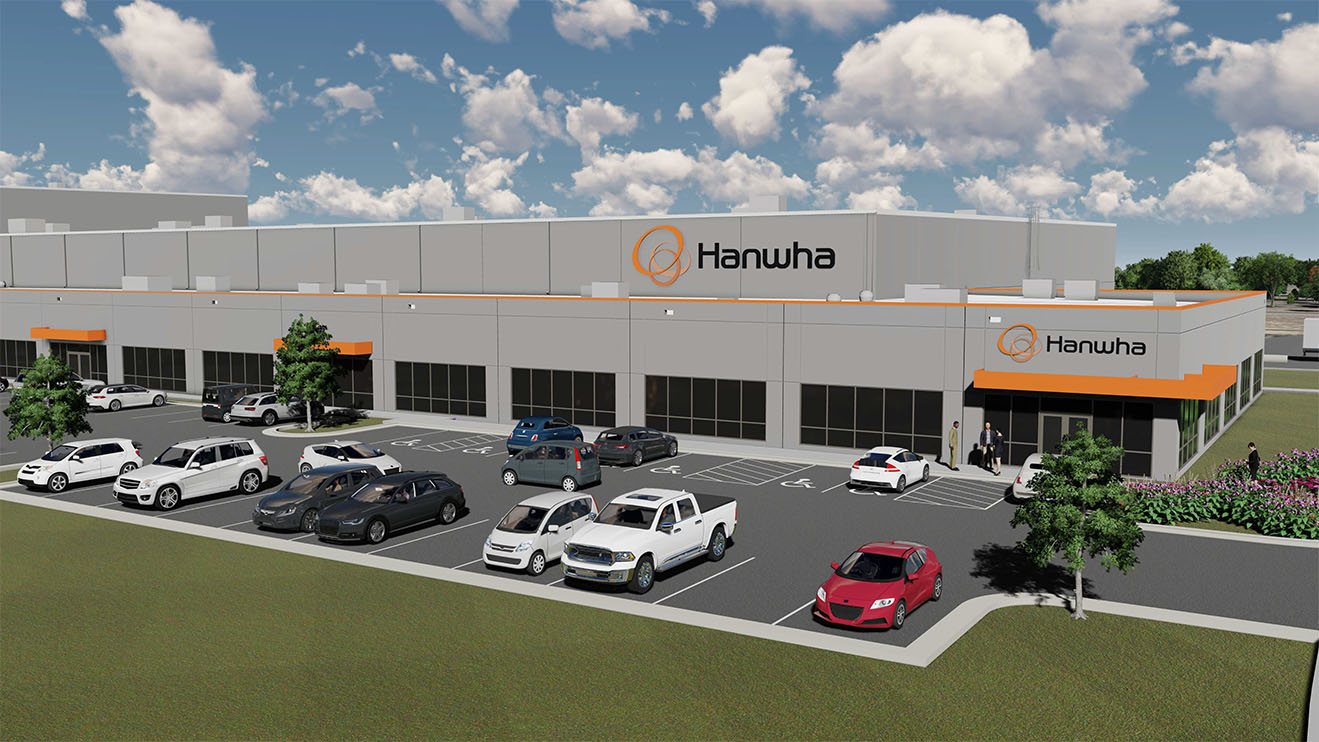Navigating Complex Approvals for Seaboard Solar
Wetlands, vulnerable turtles, and historic ruins are some of the site characteristics that made developing a new solar array in the small town of Rochester, MA, challenging.
But with Bohler leading coordination among the development team, state environmental agencies, and local officials, the developer secured the permits and entitlements needed to turn a portion of the site into a renewable energy source while donating the remaining acreage for conservation in perpetuity.
Seaboard Solar, a utility-scale solar energy developer based in Connecticut, set out to build the solar array on 260 mostly wooded acres in Rochester. The site’s proximity to a connection point for an electrical grid with available capacity made it ideal for the project. However, its wetlands, which are home to a species of vulnerable box turtles, did not. Recognizing that it needed steady guidance and thoughtful communication to navigate the layers of local and state approvals associated with such a complex site, Seaboard turned to Bohler.
“At Bohler, we are uniquely positioned to assist our clients with projects like this because we know how to go about permitting them,” says Erica Rochefort, Project Engineer. “We have connections with talented professionals in the industry who help us navigate these processes, and we have connections with the agencies that monitor endangered species and oversee environmental protection. We know how to work with these groups and the local jurisdictions while keeping our clients’ objectives in mind. We leaned heavily on this expertise for this project.”
Obtaining Environmental Permits
While Seaboard owned 260 acres, the site’s wetlands limited the development to just 35 upland acres. Even at this scale, the project encroached on the 100-foot buffer zone designated to protect the wetlands. This meant that Seaboard had to not only obtain a special permit to construct a solar array (per the town’s requirements) but also secure permits from the Rochester Conservation Commission and the Massachusetts Department of Environmental Protection (DEP) to work within the buffer zone. Bohler partnered with Seaboard and certified wetland professionals to lead this and other permitting work.
“Since we were working within the 100-foot buffers of the existing wetlands, we needed to do submit a Notice of Intent with the Conservation Commission,” Erica explains. “We also had to obtain a Conservation and Management Permit (CMP) from the MassWildlife Natural Heritage & Endangered Species Program (NHESP) because endangered species were mapped within the proposed development area. We also had to file under the Massachusetts Environmental Policy Act (MEPA) because of the endangered species located on site and the size of the proposed development. This involved a multistage permitting process that started with an initial report of what you’re proposing to build. Luckily, they didn’t have any concerns based on our report and gave approval at that initial stage.”
In addition, Bohler and the project team applied with the NHESP for the CMP permit to temporarily remove the vulnerable Eastern box turtles from the construction site. It’s a unique effort that required close collaboration with other members of the project team who specialize in wildlife protection. “We had to make sure we were collectively following the requirements for developing within an endangered species habitat,” Rochefort Erica says. “That required a lot of pre-construction work, which involves a process called sweeping. You have to sweep the box turtles during their active season, meaning that you set up a silt fence along the perimeter of your limit of work, and then within that limit of work, you sweep the site to take any box turtles you see and put them outside of the fence so that they remain safe throughout construction. We were a part of a talented team who collaborated and communicated at a high level to pull it off.”
Once the project is completed, the turtles will be able to return to the site. Still, the NHESP required that Seaboard offset the changes that they were making to the habitat through conservation. To that end, Seaboard Solar donated the site’s remaining 225 acres to the Buzzards Bay Coalition, a nonprofit organization dedicated to restoring and protecting the bay and its watershed. “Because we’re taking habitat, we have to make sure that we mitigate or replicate what we’re taking,” Rochefort Erica explains. “The land is now in conservation, so no one will be able to develop on those properties. While mostly wetlands, there are some wooded areas that people could have potentially developed on.”
Working with Local Officials
While Bohler coordinated with several local and state agencies on the project, it collaborated most closely with the local community. From the start, Bohler, Seaboard, the project team, and Rochester officials worked in partnership on the project. “This is a small town, and they value their community, so we wanted to make sure they have a say in everything that goes on there,” Erica says.
For instance, after the development team cleared the trees, local officials wanted to visit the site to see the historical ruins that were located there. “They wanted to walk the site to see what they wanted to preserve,” Erica says. “There were some stone walls and a house foundation on the site from the 1700s that they wanted to preserve, and there was also this ancient cart path that went from one side of the site to the other that was a bit sensitive. Using their input, we ended up rerouting the path to accommodate the layout of the solar array.”
Another aspect of the project that town officials closely monitored was the site’s access road. The existing road was a paper road, meaning that it showed up on maps but had not been fully built. Initially, town officials prohibited the developer from using that road, but when Bohler explained that constructing a new access road would require cutting through the wetlands, the town agreed that using the existing road was the best option, Erica says. To use that one mile gravel stretch, town officials required the developer to pave and grade it — work that Bohler led.
“What was unique about this road was that the wetland was essentially against it,” Erica explains. “The wetland scientists flagged the wetland edge, and then our surveyor flagged the 25-foot buffer, which is a no-disturb buffer. But there was no way to avoid working in that no-disturb buffer when paving and grading the road, as the town requested. We did numerous site walks with the town’s Planning Board and Conservation Commission to solicit feedback and refine the design. It took some coordination to make sure everyone was on the same page, but that collaborative effort resulted in a better project overall.”
As part of the road work, Bohler had to design stormwater features to accommodate runoff from the newly improved road. The team graded the non-wetland areas along the road to form small stormwater management areas that are respectful of the sensitive wetland resources located immediately adjacent to the road. Similarly, the team designed four much larger basins around the solar array to capture runoff from the project area. “The stormwater design was a little bit of a Rubik’s Cube given the sensitive environmental nature of the site,” Erica says. We worked closely with the project team and local and state regulators to create a stormwater management design that is respectful of the environment while accommodating the needs of the project.”
Expanding Renewables Portfolio
From navigating a complex permitting and entitlements process with multiple agencies to working closely with local officials on the ground, Bohler provided the coordination and design expertise necessary to keep this project moving forward.
Once completed, the solar array is expected to generate nearly 11 megawatts of energy, a significant amount of power to reinforce the existing electrical grid. “I went to school for environmental engineering, so renewable energy projects like this are particularly rewarding to me,” Erica says. “It’s not every day that I have the opportunity to work on projects in which the main purpose is to benefit the environment. I am very passionate about sustainable development, and I am proud that Bohler works with developers who want to provide that.”
This is just one of the latest projects in Bohler’s expanding renewable energy portfolio. In addition to commercial-scale solar, the firm has expertise partnering with clients on wind, LEED certified buildings, and other sustainable developments. “We’re always interested in taking on renewable energy projects,” Erica says. “These projects often come with unique challenges, but we have the expertise to navigate them to achieve project success.”
Create Project Momentum
Our approach makes a meaningful difference for our most ambitious clients. Contact us to learn more.
Let's Get Started
